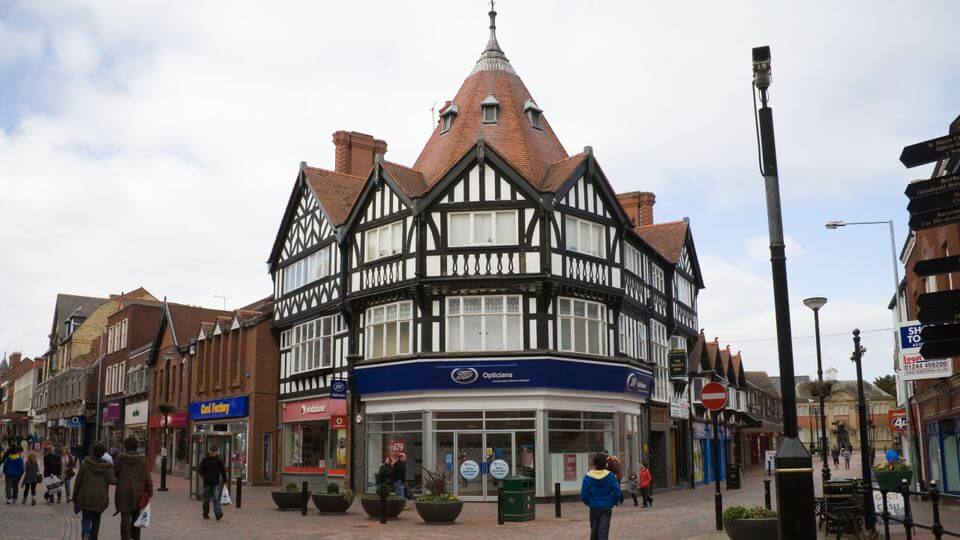Bank Rate Flattens Potential Property Sales Numbers
This week’s decision to hold the Bank of England base rate will put a dent in house sales early next year say estate agents.
That’s because mortgage interest rates will remain the same, meaning property prices will still be out of reach to thousands of would-be buyers.
Two-thirds of bank committee voted for reduction
The Bank’s Monetary Policy Committee voted 6-3 to retain the rate at 4.75% rather than reduce it by 0.25 percentage points as some economists surmised. Those in favour of retaining the current bank rate said it was necessary in order to manage inflation. The Bank is currently aiming for an inflation target of 2%. Inflation sat at 2.6% last month – 0.3% higher than in October’s figure.
Despite this, many property experts are confident that there will be a fall in the base rate next year, and subsequently a drop in mortgage interest rates. Certainly, buyers and lenders alike will be hoping for a fall in rates as a result of Stamp Duty charges reverting to previous ratios on April 1.
Mortgage expert at property portal Rightmove, Matt Smith said he expected a typical mortgage interest rate to sit at around 4% by the end of next year. But he added: “This is dependent on the impact of a wide variety of unpredictable factors, including geo-political tensions and inflation.”
Former Royal Institute of Chartered Surveyors (Rics) chairman, Jeremy Leaf said a cut in the base rate would be particularly welcomed by first-time buyers, especially in light of increasing rental rates.
Scotland tops the league for house transactions
Meanwhile, in terms of property sales, Scotland topped the league for 2024. That’s according to recently released government figures. The Office of National Statistics data shows there were 54,428 property transactions north of the border, equating to 15% of the UK total.
The next highest region for property sales was the South East, with 14% of the total. Third was the North West, at 11%. Northern Ireland saw least properties sold, with a percentage rate of just 3.4%. Despite this, Belfast was the UK city in which most homes were sold, at 7333 properties. Second was Edinburgh and third, Glasgow. A total of 3994 properties were sold in Leeds, England’s highest city total, outside London.



